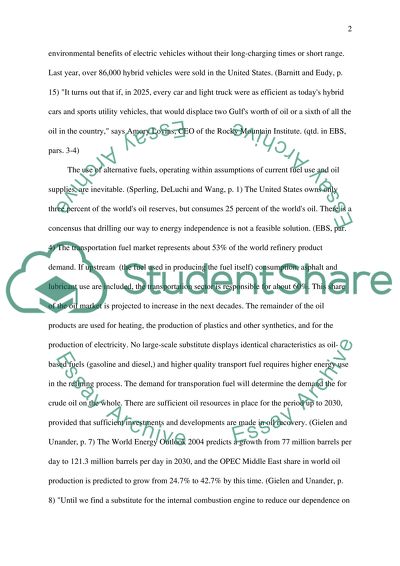Cite this document
(The Potential for Alternative Fuels in Transport Term Paper, n.d.)
The Potential for Alternative Fuels in Transport Term Paper. Retrieved from https://studentshare.org/environmental-studies/1505931-the-potential-for-alternative-fuels-in-transport
The Potential for Alternative Fuels in Transport Term Paper. Retrieved from https://studentshare.org/environmental-studies/1505931-the-potential-for-alternative-fuels-in-transport
(The Potential for Alternative Fuels in Transport Term Paper)
The Potential for Alternative Fuels in Transport Term Paper. https://studentshare.org/environmental-studies/1505931-the-potential-for-alternative-fuels-in-transport.
The Potential for Alternative Fuels in Transport Term Paper. https://studentshare.org/environmental-studies/1505931-the-potential-for-alternative-fuels-in-transport.
“The Potential for Alternative Fuels in Transport Term Paper”, n.d. https://studentshare.org/environmental-studies/1505931-the-potential-for-alternative-fuels-in-transport.


